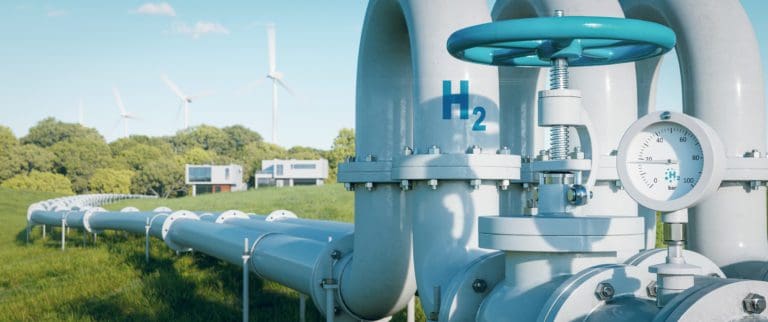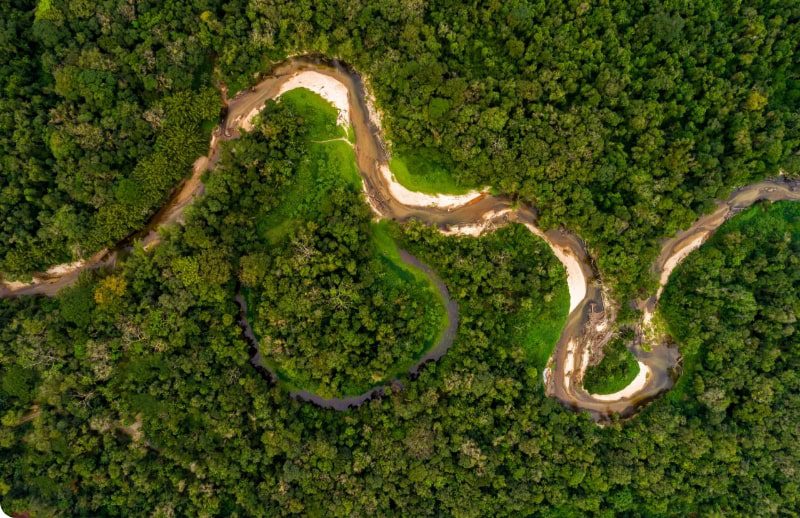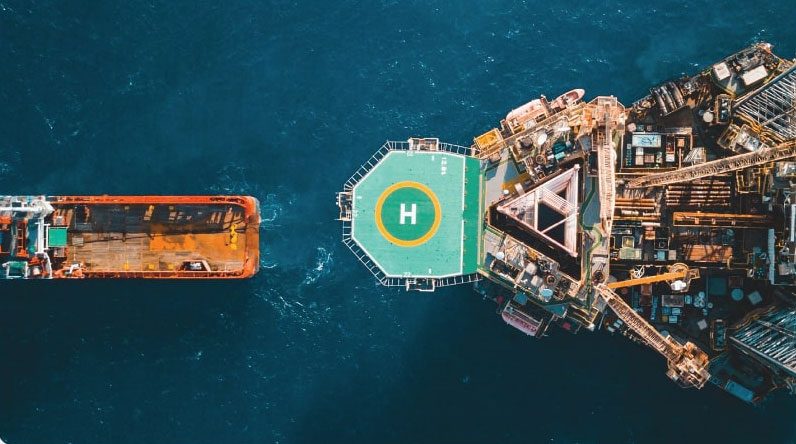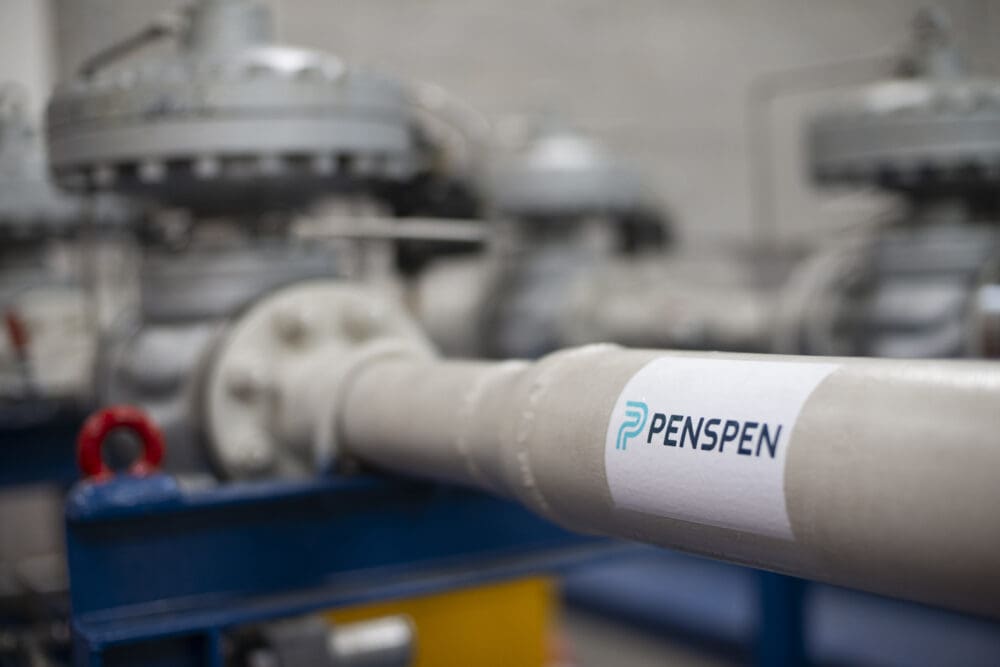As many of the assets in the oil and gas industry today are nearing the end of their originally intended design life, asset life extension has become an increasingly attractive option to avoid decommissioning assets, which is a costly and logistically complicated process. However, there are several challenges in relation to hazard management that requires a number of key factors to be effectively managed. It is not always about the age, it’s about the condition, and the impact over time.
In a recent article published in World Pipelines Coatings & Corrosion, our asset life expert lays out a step-by-step guide to the formal life extension process.
Read the full article, entitled ‘The Stepping Stones to Life Extension’, by following this link.
Related Insights

Challenges and Considerations for Hydrogen Integration in Natural Gas Pipeline Networks: A Comparative Screening Methodology
The global transition to hydrogen is accelerating, and repurposing existing natural gas pipelines is a critical step towards a low-carbon future. However, ensuring the feasibility, safety, and...

Overcoming the Challenges in Implementing a Risk-Based Inspection (RBI) Program
Risk Based Inspection (RBI) is a risk assessment and management process that focuses on loss of containment of pressurised equipment in processing and refining facilities, due to applicable damage...

Demystifying Hydrogen Fatigue Crack Growth
With the increasing momentum to adopt clean fuels coupled with the scrutinised investment horizons of maintaining ageing gas pipelines, there are well-established and mutually beneficial...

What Are the Key Integrity Considerations When Repurposing Pipelines for Hydrogen?
With the European Hydrogen Backbone targeting 52,000 km of hydrogen pipelines by 2040 - 60% of which will be repurposed from existing infrastructure - ensuring the integrity of these pipelines will...




